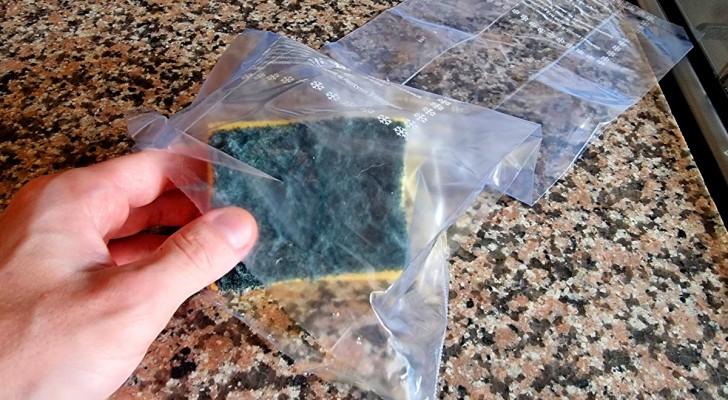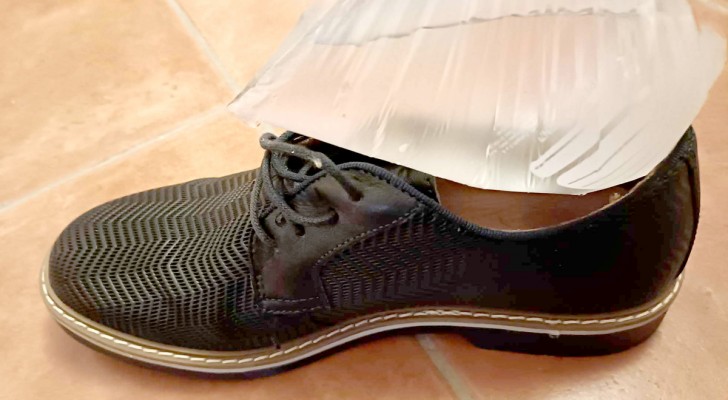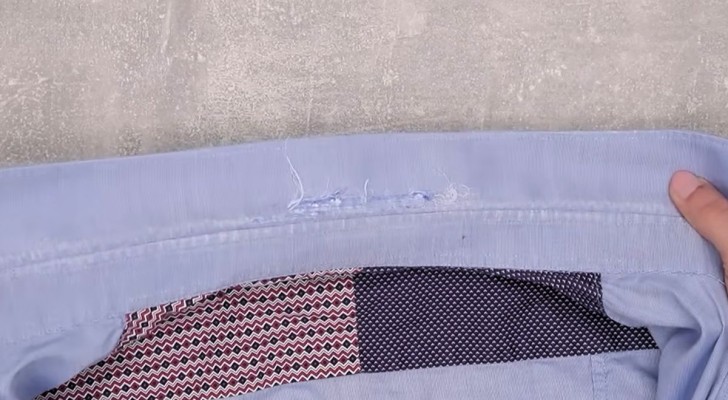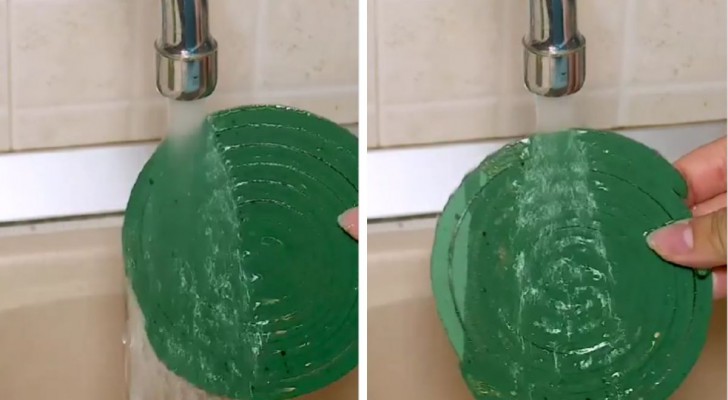Clogged shower or bathtub drain: some solutions to try out
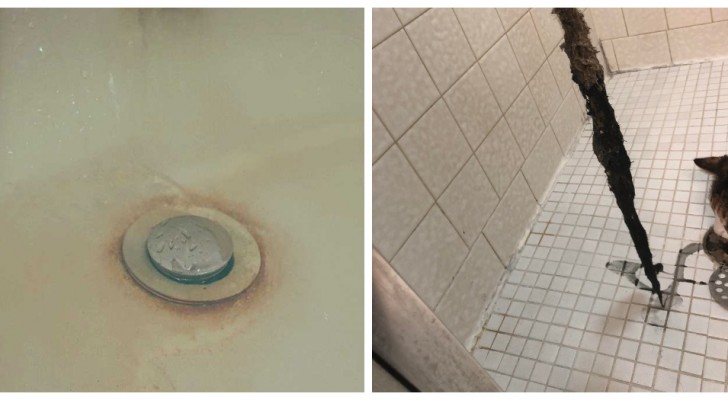
Taking a shower or bath is a common habit, and, as a result, the bathroom drains fill up with hair, dirt and soap that inevitably ends up blocking the pipes. These obstructions, in fact, not block the flow of water, but in the long run ends up generating unbearable odors. At this point, it is time to intervene and clear the blockage.,
To avoid having to deal with this disgusting chore, however, regular preventive measures can be used to delay a serious cleaning effort. And when the moment arrives, it is best to arm yourself with the most effective tools and substances to do the job quickly and effectively.
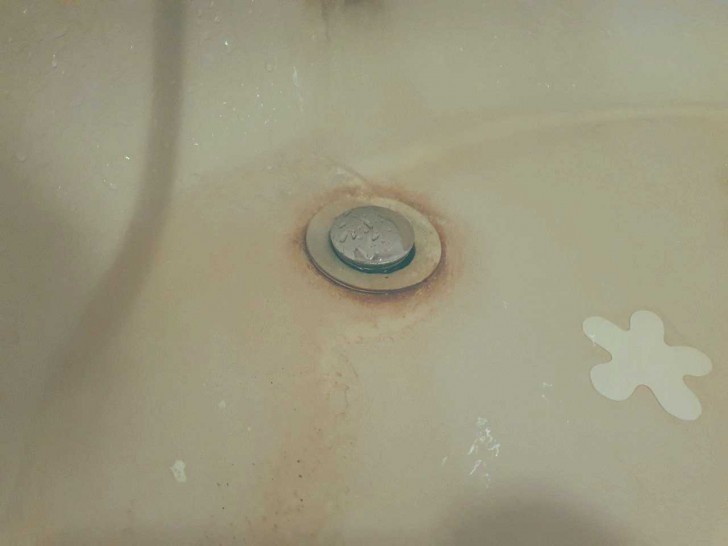
Creativo
At a preventive level, it is always good to stop the formation of obstructions by placing filters or metal nets above the plug: this will prevent hair and soap residue, which are the main causes for blockages, ending up in the pipes.
In drains that have a plug that can be easily removed- such as for sinks and certain bathtubs - it is best to equip yourself with a plumber's probe. These are equipped with metal hooks on the tip, and can grab a lump of hair out of the pipes quite easily.
In a similar way - even if a little less effective (more effort will be needed) - you can use thick piece of wire or a metal hanger, bent into the shape of a long, narrow hook. This slips into the drain, and you then need to "fish" for the stuff causing the blockage.
After removing the bulk of the blockage, use a plunger to dislodge any residual obstructions that you could not remove manually. When doing this, always use very hot water, which will help to dissolve any soap residue to which hair will adhere.
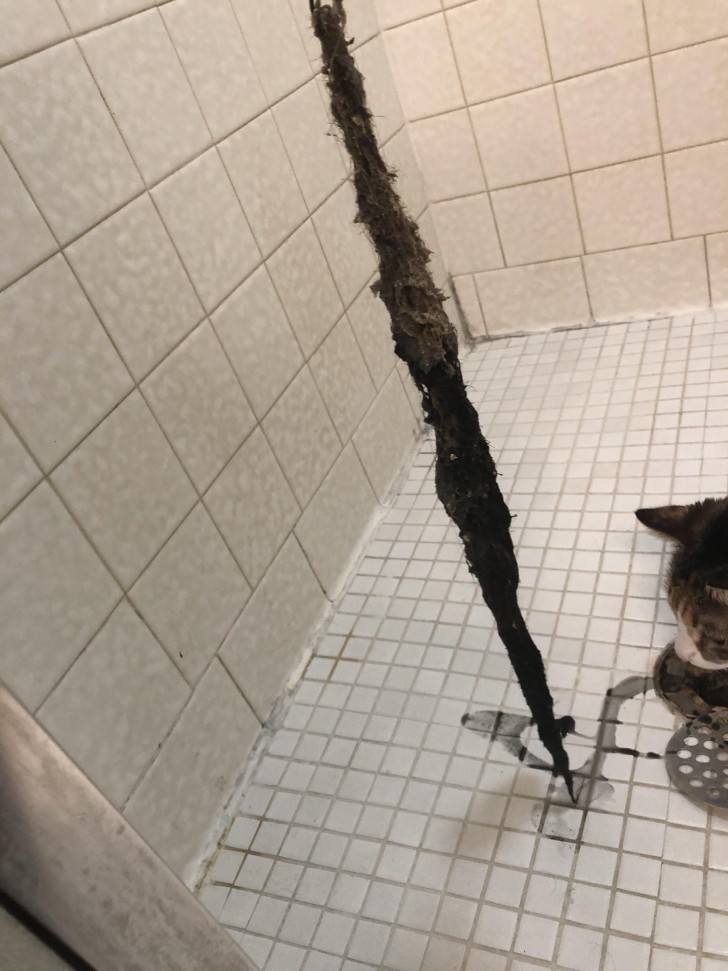
Anyone who has had to clean out a drain by extracting the material that is blocking it will have found a disgusting mass of hair and soap residue. Especially in the case of long hair, these occurances are inevitable, even when using various precautions. However, there are remedies that will help prevent hair from getting stuck in the pipes: it is often soap residue (or hair oils, body scrubs and many other products that we rinse off the body during washing), which stick to the walls of the pipes and create the ideal conditions to block the flow of solid materials, such as hair.
For this reason, when you decide to clean the shower or the tub (at least two to four times a month), you should use products to dissolve the sticky residue that fouls the pipes. This doesn't mean having to resort to using harsh chemicals, you can also use some tips which are as follows:
- boiling water by itself (it is always effective, and the foundation of the various other remedies);
- boiling water and white vinegar;
- baking soda, vinegar and boiling water. In this case, first pour in a little water, then two or three tablespoons of baking soda, followed immediately by a glass of vinegar. As soon as the reaction between the two ingredients ends, immediately pour the rest of the water down the drain.
Always pay attention when using boiling water: there are soem PVC pipes that cannot withstand very high temperatures, and risk deforming - so find out first what material your system is made of.
An alternative solution that many use is one that involves the use of instant brewer's yeast: pour a couple of tablespoons directly into the drain, immediately afterwards add a teaspoon of sugar followed by a cup of hot water. Wait a quarter of an hour for the yeast to start consuming the sugar and dissolving the lumps of dirt that are clogging the drain. Then run plenty of hot water to rinse everything away.
Do you have a favorite method of unblocking the drains in your bathroom?

